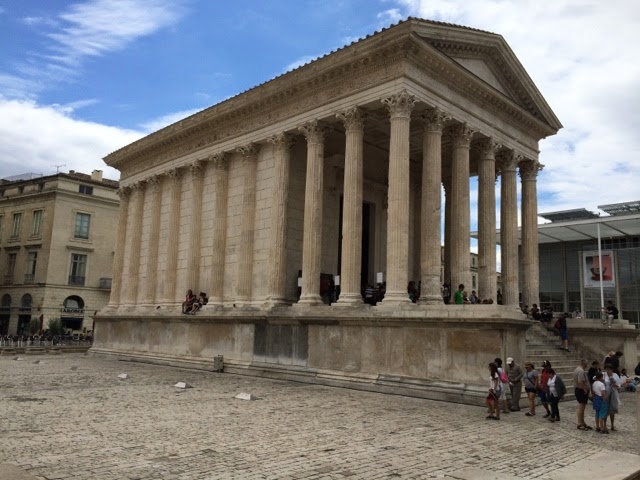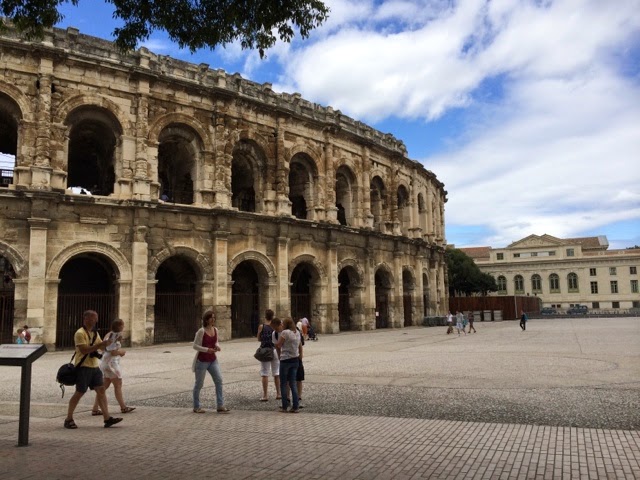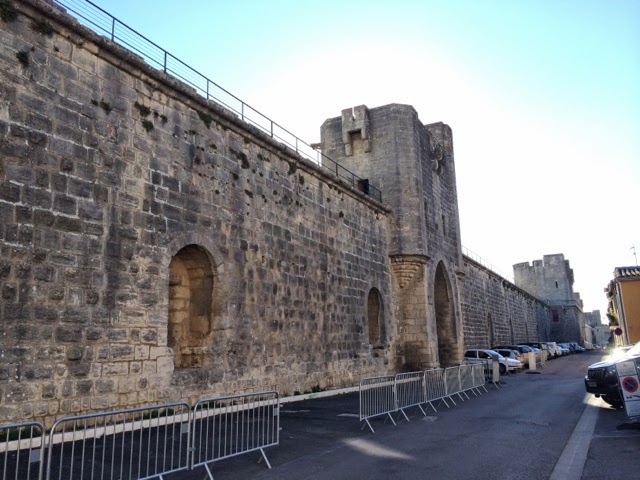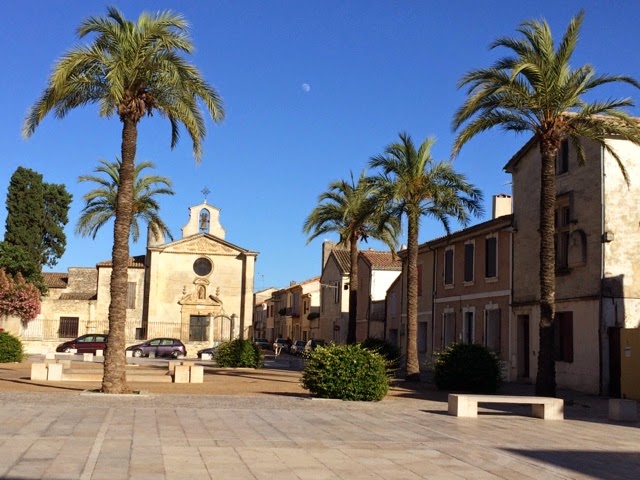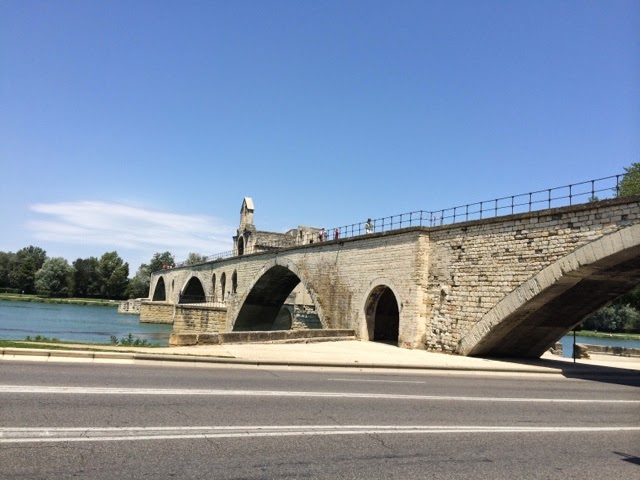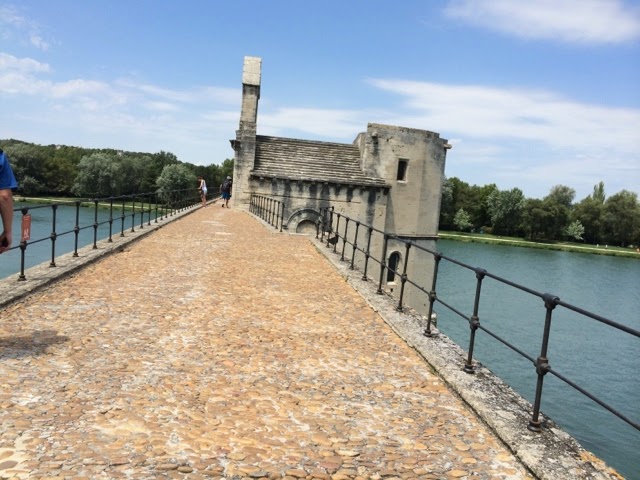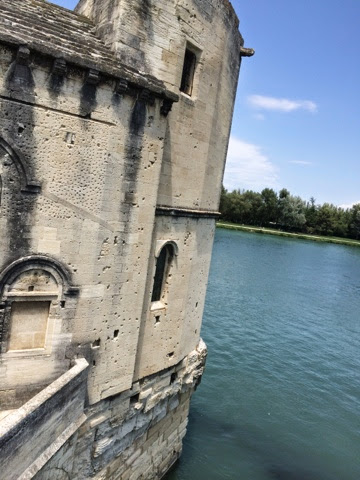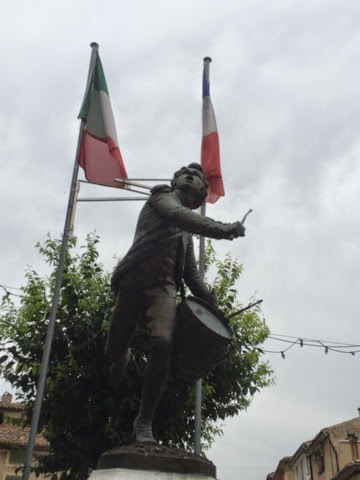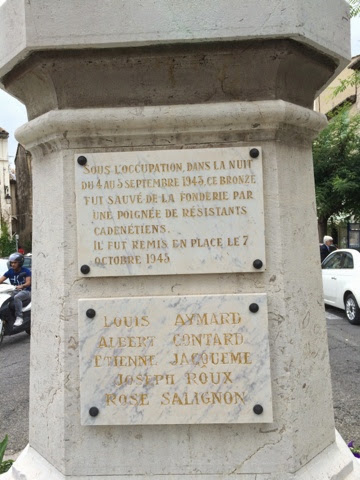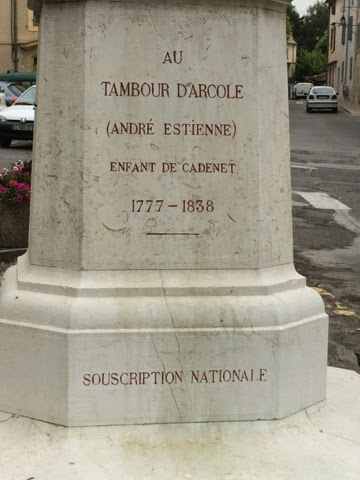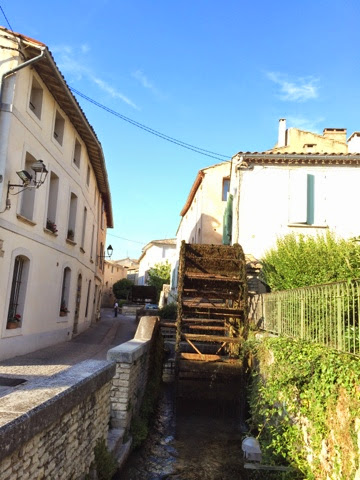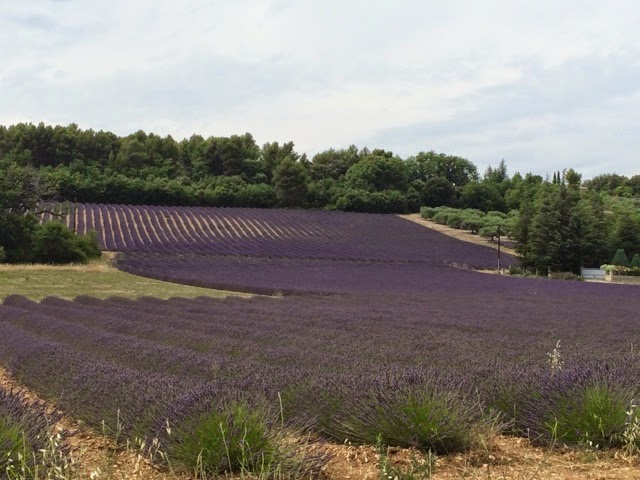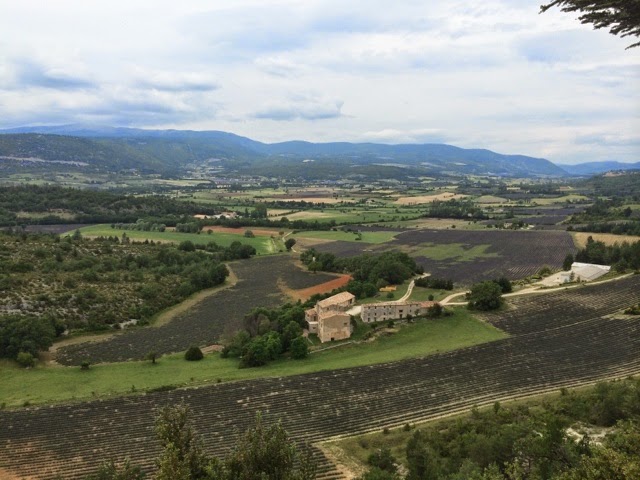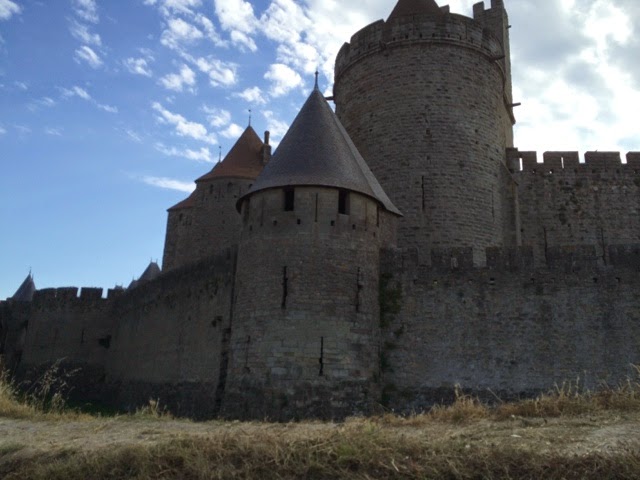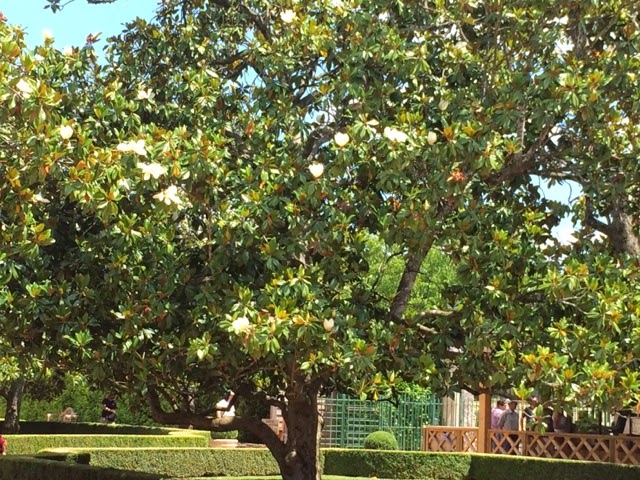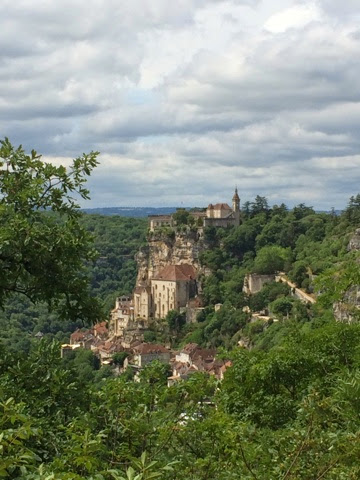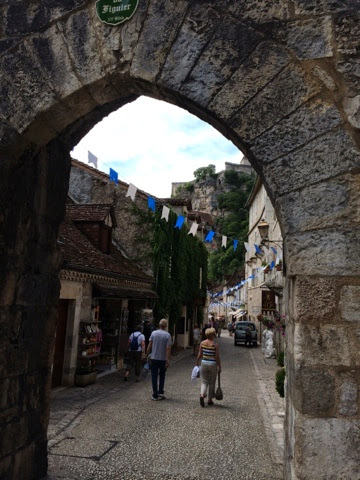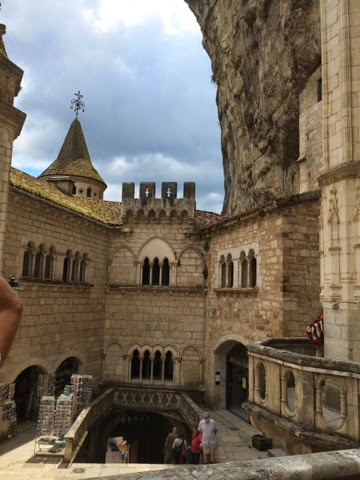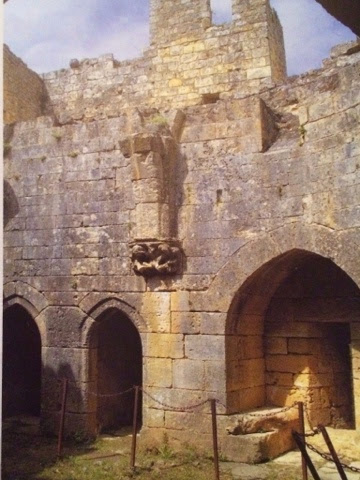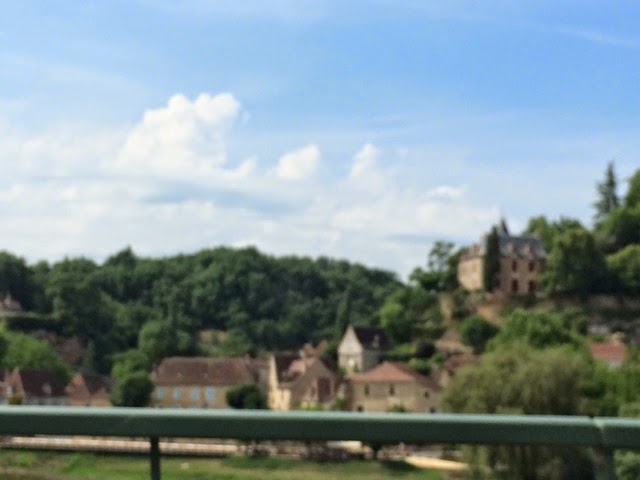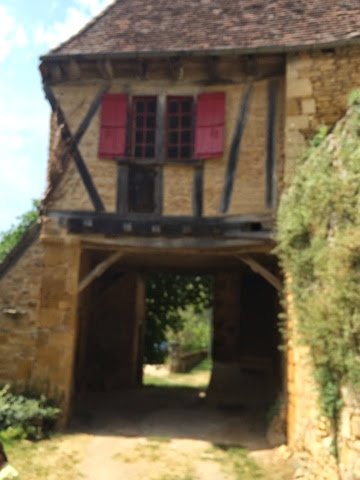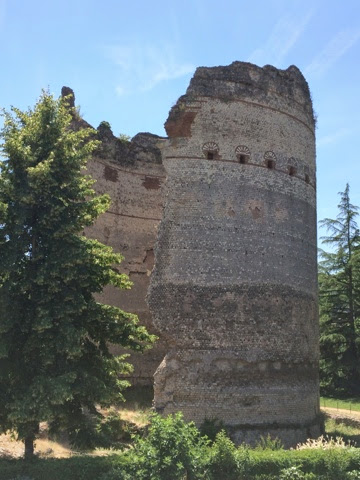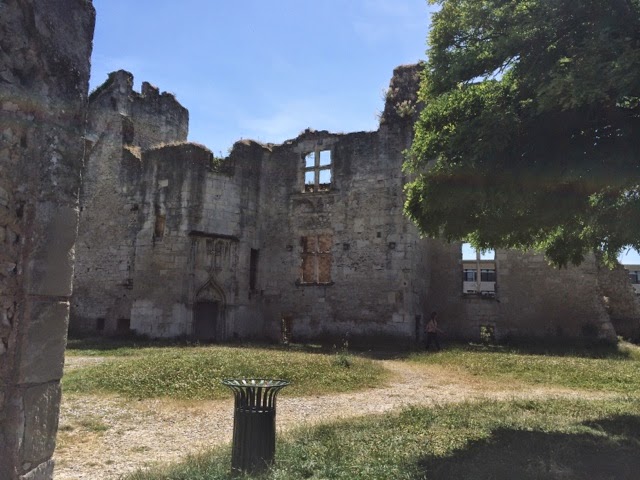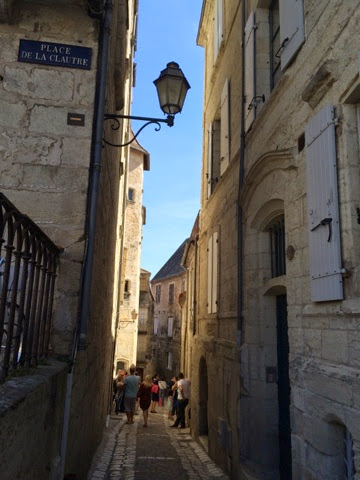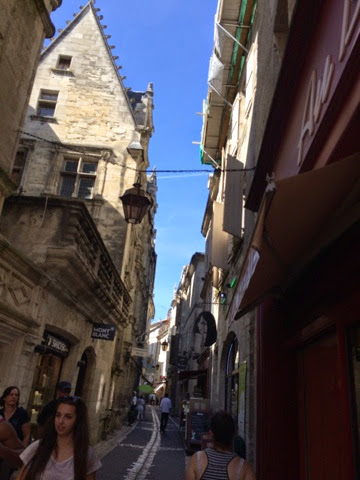The coat of arms: a crocodile chained to a palm tree surmounted by a laurel wreath. It symbolizes the conquest of Egypt by Octavius who defeated Anthony and Cleopatra's fleet and ensured the Roman control of the Empire. A coin was struck in Nîmes to celebrate the event with the symbol of the crocodile which in time became the coat of arms of the Nîmes.
The origins of denim: Nîmes was famous for textile manufacturing in the seventeenth century with trades mainly in woollen cloth and silk. "Serge de Nîmes", a very strong cloth due to its oblique weaving with at least two threads. Nîmes negotiated exports of the new fabric died in the new blue color (Bleu de Gènes) invented in Italy, with New York traders. This resulted in the anglicisation of the color Bleu de Gènes into Blue Jeans. In the 19th century, Levi Strauss, who made clothing for miners, bought by chance a batch of the cloth de Nimes which became "denim".
The square house is not really a square!: an ancient roman temple built in the first century AD, the square house is the only fully preserved temple of the ancient world. While more rectangular than square, the square house has had its name since the 16th century. In old French, any rectangle with 4 right-angles was described as square.
The diverse uses of the roman amphitheater:
Built at the end of the 1st century AD, the amphitheater is one of the largest and best preserved. After the Roman period, it escaped demolition as it was occupied continuously. It was converted into a fortress in the 6th century, a settlement for the Knights of Nîmes, workshops and warehouses in the 14th century, and today it is used for numerous events, including bullfights, conferences, concerts and sports events.
